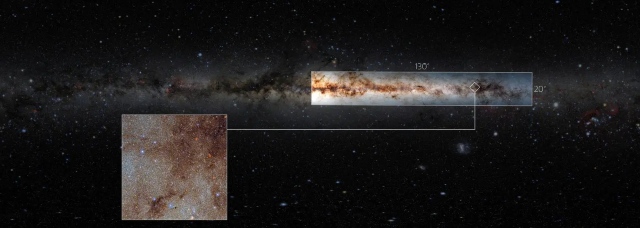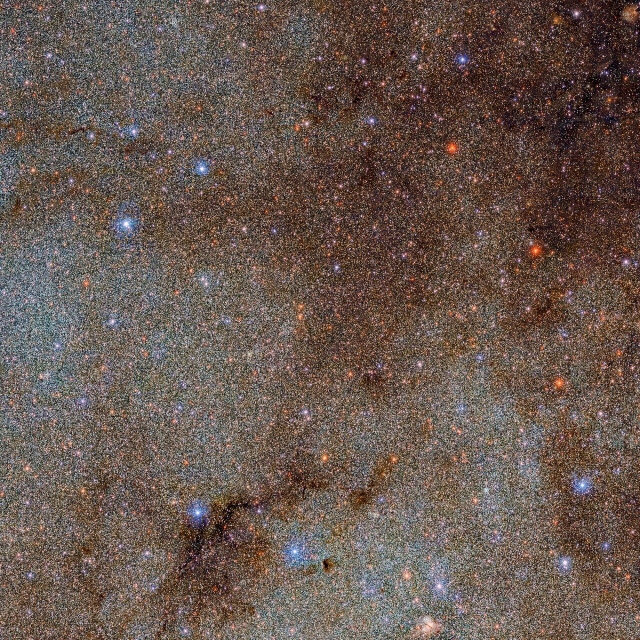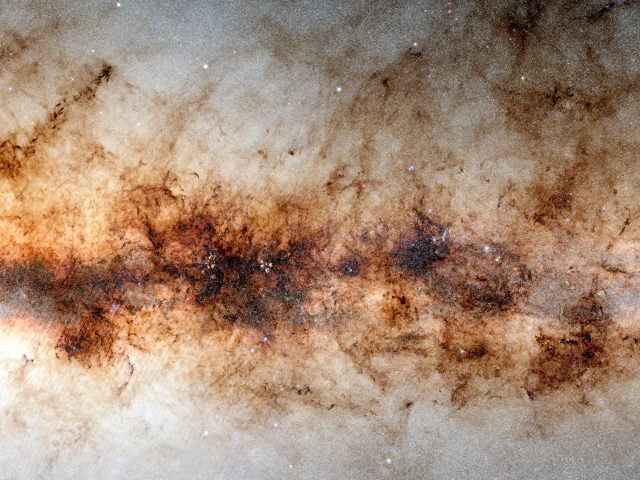[imagesource: DECaPS2 / DOE / FNAL / DECam / CTIO / NOIRLab / NSF AURA]
Astronomers have released a gargantuan survey of our spiralled galactic home, the Milky Way.
The new dataset is made up of 21 400 shots that took two years to take, containing a staggering 3,32 billion celestial objects, notes SciTech Daily.
This ambitious project, arguably the largest catalogue of our galaxy so far, is called the ‘Dark Energy Camera Plane Survey’ as it uses the powerful 570-megapixel Dark Energy Camera at the Cerro Tololo Inter-American Observatory in Chile to snap images of all our stars and whatnot.
The Milky Way Galaxy is home to hundreds of billions of stars, glimmering star-forming regions, and towering dark clouds of dust and gas. You can (barely) imagine that imaging and cataloguing these objects for the study is a herculean task.
But the newly released astronomical dataset reveals a staggering number of these objects in unprecedented detail – “quite a technical feat” according to Debra Fischer, division director of Astronomical Sciences at the National Science Foundation via Mashable:
“Imagine a group photo of over three billion people and every single individual is recognizable!” [Fischer] said in a statement.
“Astronomers will be poring over this detailed portrait of more than three billion stars in the Milky Way for decades to come. This is a fantastic example of what partnerships across federal agencies can achieve.”
Peer into our galaxy with this panorama containing some 3,32 billion objects:

“Most of the stars and dust in the Milky Way are located in its disk — the bright band stretching across this image — in which the spiral arms lie,” explained National Science Foundation’s NOIRLab, which runs big telescopes across the U.S. and elsewhere.
Now have a look at a zoomed-in part of that giant cosmic panorama above:

“This image, which is brimming with stars and dark dust clouds, is a small extract — a mere pinprick — of the full Dark Energy Camera Plane Survey (DECaPS2) of the Milky Way,” a NOIRLab press release explains(Opens in a new window).

If that tickled your fancy, you can view the entire survey, with the ability to zoom in and out, at the Legacy Survey Viewer website.
While these new images capture an almost incalculable number of stars, there’s a lot we can’t see out there.
Think about it: most stars have at least one planet, and many have diverse solar systems. That adds up to over a trillion exoplanets in our Milky Way galaxy alone.
Our galaxy is full of untold potential and brilliant stars.
[sources:mashable&scitechdaily]





